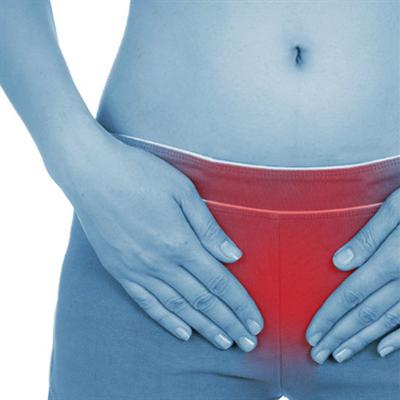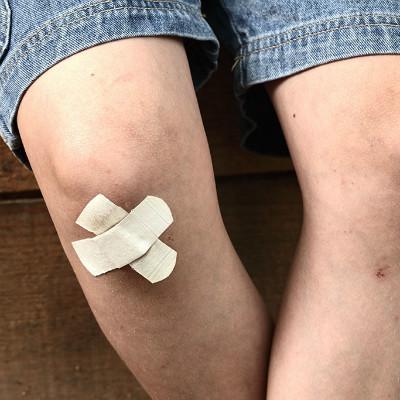How is pontine central myelinolysis to return a responsibility?
summary
Central pontine myelinolysis is a rare metabolic demyelinating disease. CPM was proposed by Adams for the first time. It was pathologically characterized by demyelination without inflammatory reaction. Now most authors think that the cause of this disease is hyponatremia and correcting hyponatremia too quickly or excessively. Because CPM occurs on the basis of serious diseases, its clinical manifestations are often covered by other symptoms, so it is easy to be misdiagnosed and missed. What about central pontine myelinolysis?
How is pontine central myelinolysis to return a responsibility?
Etiology, early cases found that the majority of patients with severe or chronic consumptive diseases, especially malnutrition in patients with chronic alcoholism, and more coexist with Wernicke encephalopathy, so that the incidence of malnutrition. Now most authors think that the cause of this disease is hyponatremia and correcting hyponatremia too quickly or excessively. When hyponatremia occurs, the brain tissue is in the state of hypotonic state. Excessive supplement of hypertonic saline and correction of hyponatremia will lead to rapid increase of plasma osmotic pressure, leading to dehydration of brain tissue and destruction of blood cerebrospinal fluid barrier. Harmful substances can lead to demyelination through blood cerebrospinal fluid barrier.

The prominent feature of this disease is that the patient is either in the late stage of chronic alcoholism, or often accompanied by a serious life-threatening disease. More than half of the cases occurred in the late stage of chronic alcoholism, accompanied by Wernicke encephalopathy and multiple peripheral neuritis. Other diseases or clinical symptoms often associated with central pontine myelinolysis are: chronic renal failure after dialysis treatment; Liver failure; Advanced lymphoma and cancer; Cachexia caused by various causes; Severe bacterial infection; Dehydration and electrolyte disorder; Severe burns and hemorrhagic pancreatitis.

At present, MRI is considered to be the first choice for the diagnosis of CPM, which is characterized by low signal on symmetrical T1 weighted image and high signal on T2 weighted image. DWI was sensitive to early demyelinating disease. But the clinical symptoms and MRI lesions are not synchronous, often with a time difference of 1-2 weeks. Therefore, patients with suspected CPM should be reexamined 10-14 days after the appearance of clinical symptoms to avoid missed diagnosis.

matters needing attention
In order to prevent myelinolysis, while actively treating primary diseases, electrolyte disorder, especially hyponatremia, should be avoided as far as possible. The correction of hyponatremia should be slow. The blood sodium rise should not exceed 25 mmol / L in the first 24 hours. Once the symptoms are controlled, the application of sodium should be reduced. The blood sodium rise should not exceed 10 mmol / L in the 24 hours. At present, it is advocated to use normal saline to correct slowly, limit the amount of liquid, and strengthen nutrition and attention.















